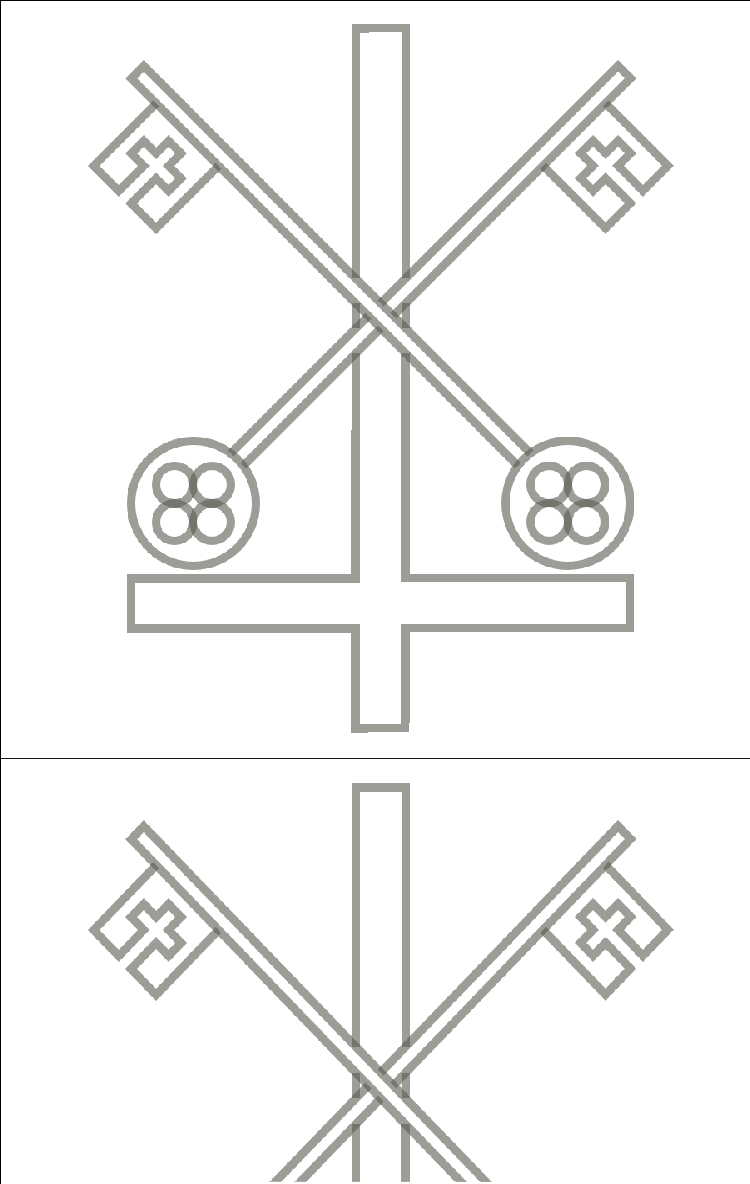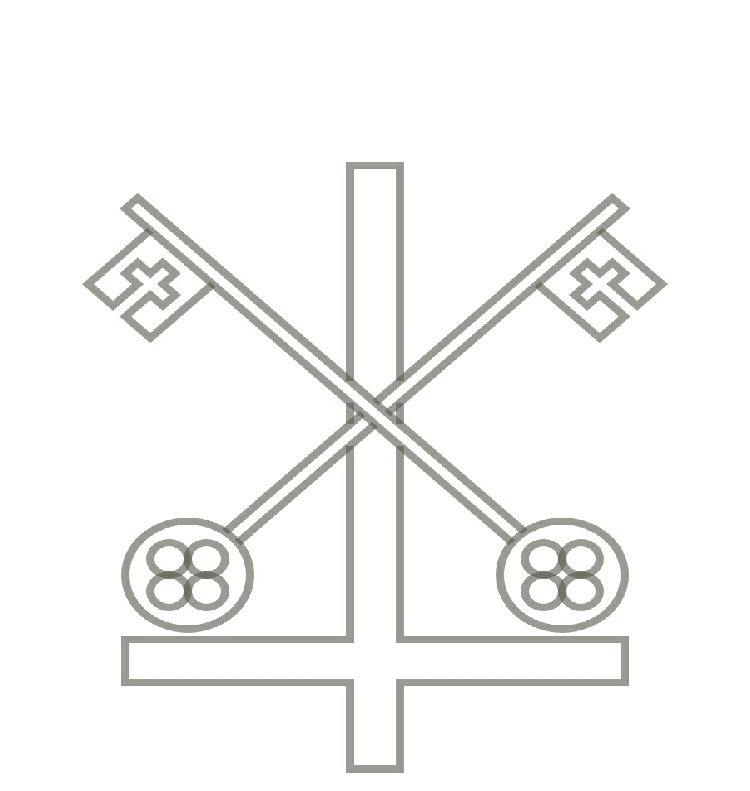




CHURCHYARD REGULATIONS
St. Anne, Beeley & St. Peter, Edensor
WHO AUTHORISED THESE REGULATIONS?
The Chancellor of Derby Diocese.
WHY ARE THERE REGULATIONS?
In order to conserve a sacred space for the burial of the dead, which is in keeping with the churches and their settings, a formal system of control is needed in the interest of all, and for good practice and posterity.
BURIAL RIGHTS
Under Common Law parishioners and persons dying in the parish have the right to be buried in the churchyard. This right is also extended to persons who at the date of their death had their name on the Church Electoral Roll and were regular worshippers at the church.
MAINTENANCE OF OUR CHURCHYARDS
The responsibility rests with the Parochial Church Councils for maintaining the churchyards in good order. Relatives of the deceased are invited to make donations (please Gift Aid if you are a taxpayer) to the continuing & perpetual maintenance. We are very fortunate that they are maintained to such a high standard, however, this costs the Parochial Church Councils over £6,000 every year.
The churchyards are inspected regularly for health and safety. Relatives are asked to keep graves tidy and free from objects and ornaments which can become a hazard. They also hinder churchyard mowing and maintenance.
MEMORIALS AND GRAVESTONES
a) MATERIALS
These must harmonise with the natural local landscape and church building. Local stones are preferred. On health and safety grounds it is far better, and more secure, if the stone is put straight into the ground and not fixed to a base because, in time, the dowels fixing the stone to the base become loose. The following materials are permitted: Sandstone, Stancliffe or Darley Dale stone, grey granite (not darker than Rustenburg grey) and slate.
The following materials are not permitted: Black, blue or red granites and all granites which have had all their surfaces polished. Nor may marble, synthetic stone, plastic materials, metal and terra cotta be used.
Wooden crosses may be used; however, you must consult the incumbent if you want a stone cross.
b) FINISH
Polishing must be confined to the face of the gravestones on which the inscription is to be cut. Mirror polishing is not permitted.
c) DIMENSIONS
Headstones including base, if used, must be no larger than 48” (120cm) high, 36” (90cm) wide and 6” (15cm) thick and not less than 30” (75cm) high, 20” (50cm) wide and 3” (7.5cm) thick and in the use of slate 1.5” (3.8cm) thick.
d) VASES
These should be no more than 12” (30cm) high and firmly sunk into the ground at the base of the gravestone and not made of glass (which is dangerous) or left free standing. Only fresh flowers may be used. No other objects or ornaments are allowed.
e) DESIGN
The following are not allowed: curbs, railings, chippings, containers of any kind, figure statuary, birdbaths and memorials in the shape of an open book or a heart. Photographs must not be adhered to the memorial.
INSCRIPTIONS
a) Details: The Christian name(s) and surname of the deceased should be given, with age and date (or year) of death, or years of birth and death.
b) Epitaphs: The object of epitaphs is to identify the resting place of the deceased, to honour the dead, to comfort the living and to inform posterity. They should, therefore, be singular and relevant. Quotations may be taken from the Bible, the Prayer Book and from hymns. Poetry and prose may be used so long as it is consistent with Christian belief.
c) Lettering: This should be a shade lighter or darker than the natural colour of the stone. On sandstone and granite, raised lettering standing out from the cutaway stone is very effective and lasts for generations.
d) The following inscriptions are not allowed: gilded, silvered and leaded lettering, trademarks and advertisements.
e) Prior to work being undertaken all monuments, inscriptions & amendments must be authorised by the incumbent following an application from the family via their monumental mason.
CREMATED REMAINS
a) Cremated remains may be interred in an existing grave or in a specifically reserved part of the churchyard. The one near the church at St. Peter’s, Edensor is now full and a new area has been designated in the top right-hand corner.
b) A natural stone desk tablet which incorporates a vase at the head, no larger than 21” X 21” (53cm X 53cm) overall laid flush with the ground may be used.
c) Only fresh flowers may be placed in the vase and natural wreaths on the stone. No free standing pots, vases, ornaments or artificial flowers may be used.
IN CONCLUSION
We have two wonderful churchyards. However, regulations have not always been in place hence you may not be permitted the same as an existing monument. Keeping to the regulations is in everyone’s best interest. The parish priest, churchwardens and PCC are sensitive to the emotions felt at the loss of loved ones. However, we do believe that the Churchyard Regulations, as a legal instrument, are not only in everyone’s best interests but for conservation, for posterity and as a fitting memorial to loved ones departed.
A PRAYER
Father of all, we pray for those we love but see no longer. Grant them Thy peace. Let light perpetual shine upon them, and work in them and in us Thy perfect will, through Jesus Christ, Our Lord. Amen.








